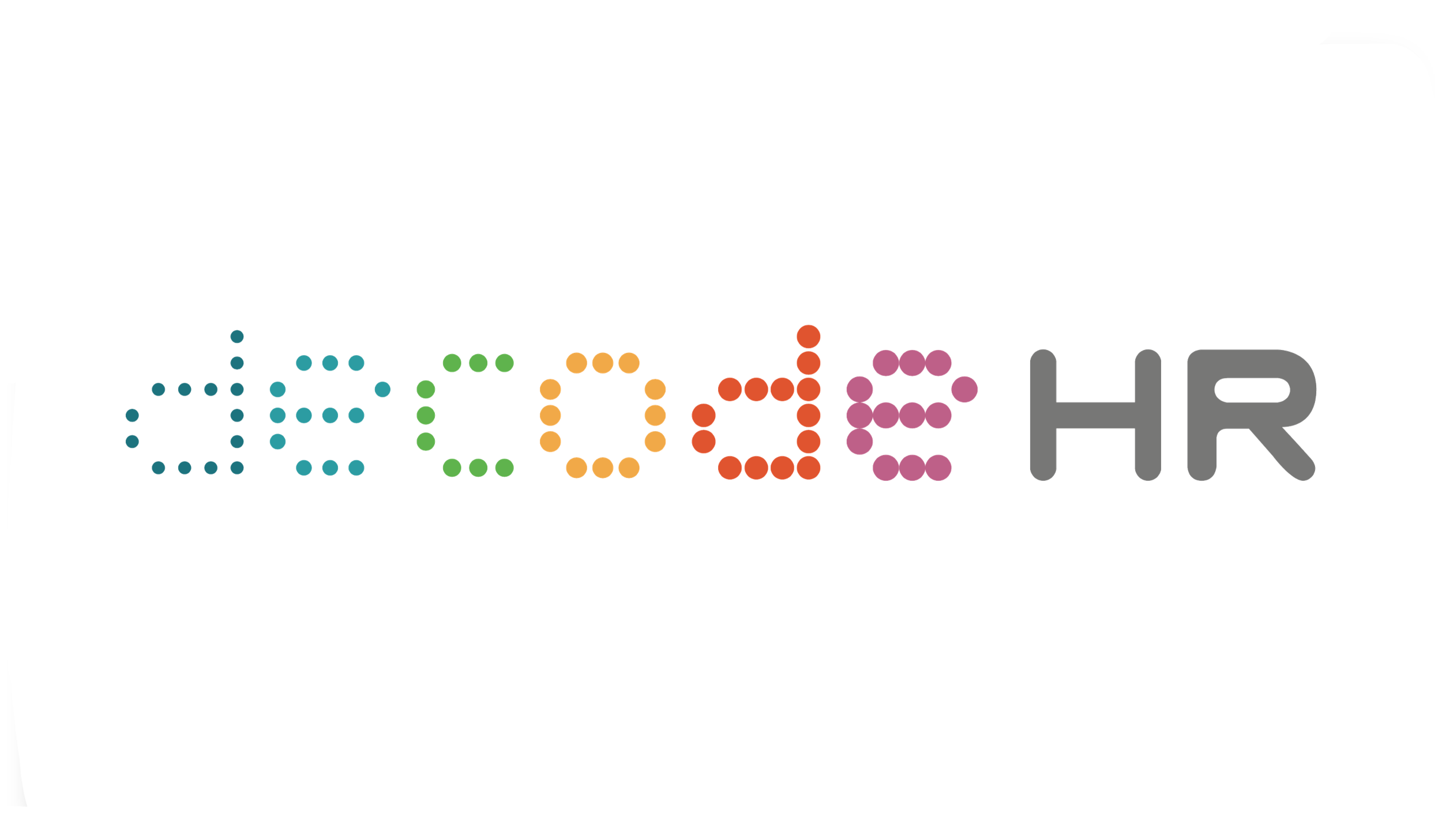Embracing Neurodiversity in the Workplace
Reading time: 5 mins
Photo: Freepik
In the evolving landscape of the Workplace Fairness Legislation (WFL), the focus on inclusivity and diversity has never been more critical. The "Fair or Not" podcast series delves into these themes, and in its third episode, explores the implications of ADHD in the workplace. Evelyn Chow, Managing Director of Decode HR and Moonlake Lee, Executive Director of Unlocking ADHD, engage in a thought-provoking discussion on the challenges faced by individuals with ADHD and how employers can pave the way for an inclusive environment for neurodivergent employees.
Understanding ADHD and Its Workplace Implications
ADHD, or Attention-Deficit/Hyperactivity Disorder, is a neurodevelopmental disorder that, while not legally recognised as a disability in Singapore, presents significant challenges in the workplace. Moonlake Lee shares her personal journey of discovering her own ADHD at the age of 50, following her daughter's diagnosis. This revelation highlighted the broader issue of ADHD being an "invisible disability" that often goes unrecognised and misunderstood.
Common Challenges Faced by Individuals with ADHD
Individuals with ADHD often struggle with emotional regulation and executive function. Emotional regulation issues can lead to high highs and low lows, impacting how information is processed and responded to. Executive function difficulties, which include challenges in organising, processing information, and executing tasks, can result in problems with planning, meeting deadlines, and maintaining consistent performance.
Moonlake shared that “children with ADHD, dyslexia, and ASD (Autism Spectrum Disorder) are actually up to 30% behind in the development of their prefrontal cortex, and therefore, executive function is slower. This means things like planning, organising, starting and finishing tasks, regulating emotions, and maintaining a sense of time are going to be some of the issues that people with ADHD and other similar conditions might struggle with in the workplace.”
A community study released by Unlocking ADHD in 2023 revealed that about 40% of respondents with ADHD struggled to stay in a job, and 70% of children with ADHD had difficulty progressing in school. These statistics underscore the critical need for awareness and support in the workplace.
Photo: Freepik
Steps for Employers to Create an Inclusive Environment
Creating an inclusive workplace for neurodivergent individuals involves several key steps:
Awareness and Training
Employers and HR departments should educate themselves about ADHD and other neurodivergent conditions. This includes understanding the strengths and challenges associated with these conditions and being prepared to provide appropriate support.
Flexibility in Processes
Traditional job descriptions and expectations may need to be adjusted. For example, a high-performing salesperson with ADHD might struggle with managerial duties or detailed reporting. Hence, employers should consider roles that play to an individual's strengths and offer support where needed.
Providing Resources
Employers can provide access to resources such as the RESTART ADHD Starter Kit and information from organisations like Unlocking ADHD. Creating a supportive environment where employees feel comfortable seeking help is crucial.
Addressing the Stigma and Promoting Self-Awareness
Despite increasing awareness, stigma around ADHD persists. As a result, many individuals with ADHD are hesitant to disclose their condition due to fear of bias or misunderstanding. Moonlake Lee advises focusing on specific areas where support is needed rather than labelling the condition. This approach helps in providing the necessary support without the negative connotations that might come with a diagnosis.
For individuals with ADHD, self-awareness and self-advocacy are vital. Recognising one's challenges and strengths, and seeking appropriate support, can significantly improve workplace performance and overall well-being. This might involve a combination of medication, therapy, coaching, and lifestyle changes.
Photo: Pexels
Practical Interventions and Support Systems
A multimodal approach is considered the most effective for managing ADHD. This includes medication to balance brain chemistry, therapy for emotional and psychological support, coaching for practical strategies, and community support for ongoing encouragement and advice.
Moonlake Lee exemplifies this approach in her own life, combining medication, therapy, coaching, and community support to manage her ADHD effectively. Her experience underscores the importance of a comprehensive support system that addresses various aspects of the condition.
Moving Towards a More Inclusive Future
Achieving true inclusivity involves not only hiring neurodivergent individuals but also ensuring they thrive in the workplace. This requires a cultural shift within organisations to value and support diversity in all its forms. Employers must be willing to rethink traditional practices and provide tailored support to empower every employee to contribute effectively.
Evelyn explains that “many companies struggle with the non-linear progression of recognising high-performing employees because the idea of a job description is to allow organisations to recruit, develop, and promote people in a very seamless manner. But when organisations talk about creating a very diverse and inclusive workforce, they forget that these are some of the processes that they need to look at as well.”
In the third episode of our “Fair or Not?” podcast series, Evelyn and Moonlake addressed that ADHD in the workplace is about creating an environment where neurodivergent individuals can thrive. Through awareness, flexibility, support, and a commitment to inclusivity, employers can harness the unique strengths of their diverse workforce, fostering innovation and growth. As the "Fair or Not?" podcast highlights, the journey towards inclusivity is ongoing, but the rewards for individuals and organisations alike are profound.
To dive deeper into Workplace Fairness Legislation and what it entails, read Workplace Fairness Legislation Explained.
If you enjoyed this content series, follow us on LinkedIn for the latest HR news and updates.









